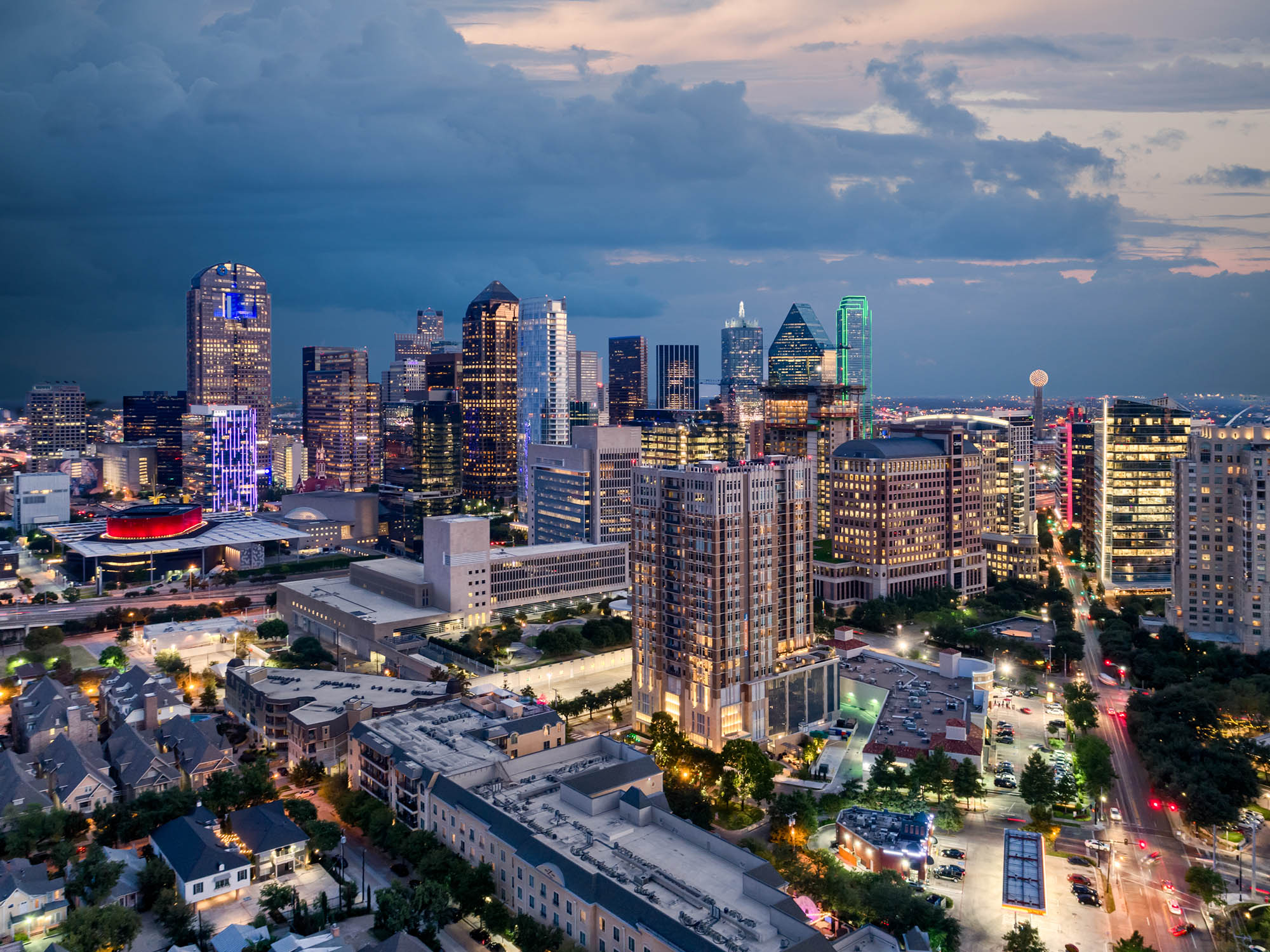Luxury apartments aren’t the hardest hit by rental hikes in DFW
Dallas Business Journal | Candace Carlisle | October 3, 2016
North Texas’ booming economy has helped put 50,532 new apartments in the construction pipeline — the most anywhere in the country— as demand remains strong for housing options in the region.
And as long as the economy remains robust, those new, primarily luxury new apartments will likely be absorbed, but it’s not necessarily the luxury apartment communities seeing the big rental hikes.
“We are not adding more of the middle-market product and it’s filling up because the rent differential is so high compared with brand new development,” Greg Willett, RealPage chief economist, told the Dallas Business Journal.
“Many of these people can’t afford to move up,” he added. “The middle market is seeing a year-over-year growth of 8 percent compared with 5 percent or 6 percent we are seeing with existing Class A properties.”
Willett defines middle-market apartments as Class B and Class C apartment communities, which are typically aging apartments with limited or nonexistent luxury finishes.
The rent difference between these types of apartments in Dallas-Fort Worth can be staggering. For Class A apartments, property owners are charging an average of $1,406 per month, according to MPF Research data. MPF Research is a division of Richardson-based RealPage.
For Class B and Class C communities, landlords are charging $1,023 and $793, respectively. The average monthly rent in North Texas is $1,053.
“For an individual household, that’s a big jump to move from the middle-market apartments to luxury apartments,” Willett said, which is why landlords are able to raise rates on average 8 percent year-over-year for this type of real estate.
“Big rent premiums for brand new properties leave lots of room to push rents in the existing inventory,” he said.
That’s above the annual rental growth of 7.1 percent for North Texas apartments. The effective rents for new leases increased 3.3 percent in the third quarter, according to MPF Research.
But with a strong demand for apartments, Willett says he expects rental rates to continue to climb as the regional occupancy rate reached 96.1 percent, which is the first time North Texas has exceeded the 96 percent market ever.
“Our analysis points to pricing increases near 4 percent, with the biggest hikes seen in the middle-market properties, rather than the most luxurious developments,” he said.

